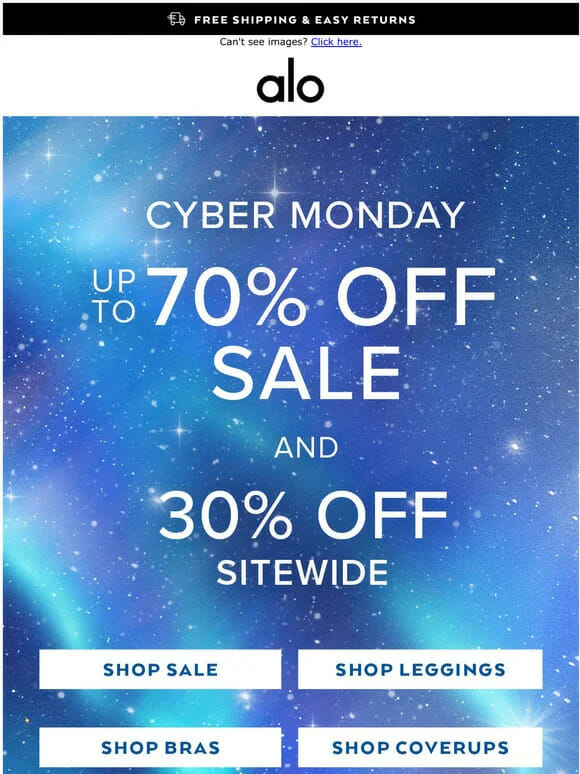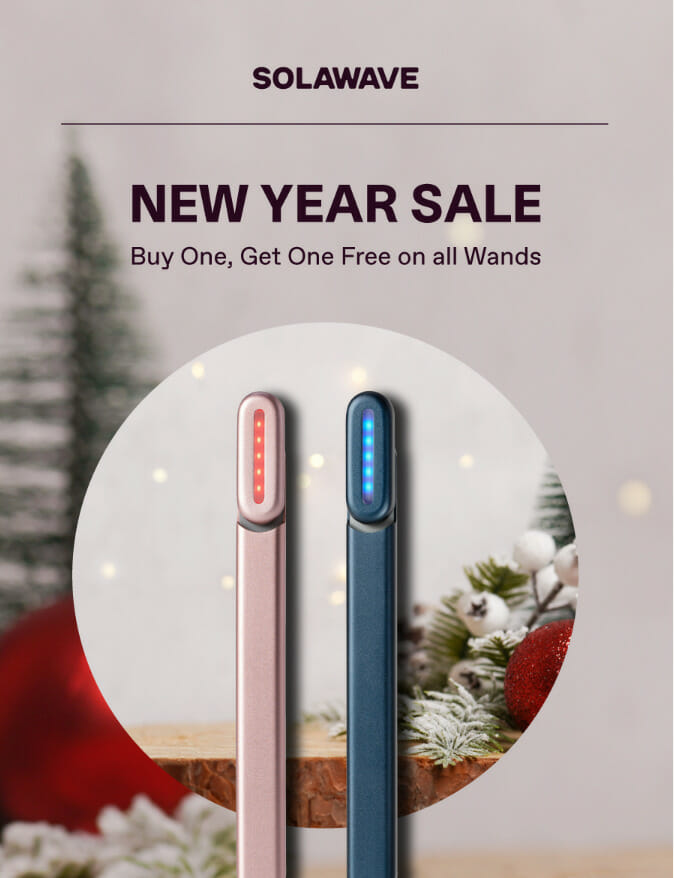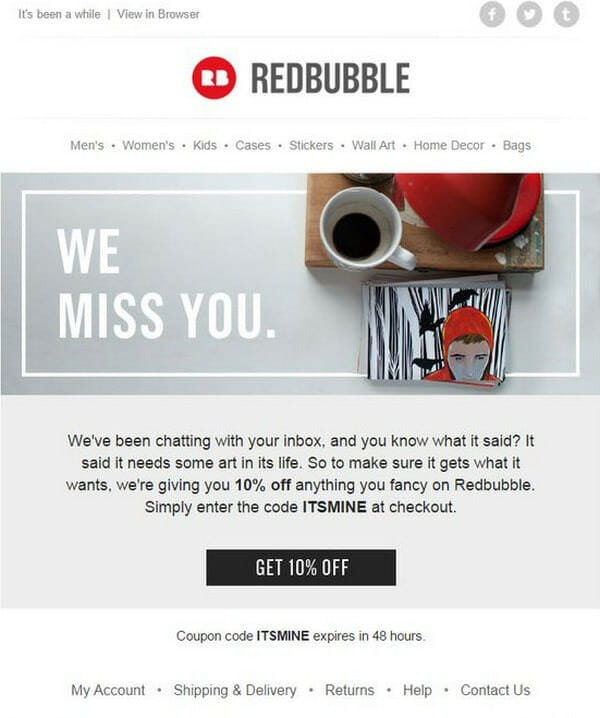Logistics
Warehousing & Fulfillment
Transportation
Industries
Technology & Innovations
E-commerce
E-commerce Fulfillment Services
Lease & Maintenance
Semi Trucks
Logistics
E-commerce
Lease & Maintenance
Buy Used Trucks

It should come as no surprise to retailers that the 2023 consumer is an entirely different consumer than in years past.
For one thing, an evolving economic landscape consistently requires customers to shift their priorities. (Those new pairs of sneakers? They can likely wait until egg prices have gone down!) Then, there's the added element of consumers wanting 'more' out of their retail journeys. More personalization and positive, seamless experiences.
For e-commerce brands, this means finding the right balance between meeting consumer expectations and keeping a healthy bottom line will be vital now and in the future. One way to ensure a long, healthy brand lifetime? Smart discounting.
But doesn't shelling out discounts all the time devalue a product and hinder overall revenue? Not quite - as long as it's done smartly.
In this post, we're going to take a deep dive into the 2023 consumer, smart vs. dull discounting, and best practices to boost sales and add value.
As we step into 2023, many online shoppers will be carrying a bit of 2022 with them. The average amount of debt per US consumer increased a whopping 24%, leaving many consumers unable to pay off their debt in full right away.
And with ongoing inflation at play, this impacts overall spending power and consumer behavior. From January 2023 to February 2023, the consumer price index (CPI) rose by 0.5% - bringing the annual gain to 6.4%.
For 2023 consumers, an emphasis on cost savings is going to grow. A report from Deloitte found that 60% of retail industry leaders expect the price to be the most important factor - even over brand loyalty.
The retailers who come out on top in 2023 will be the ones who create the best possible experiences for their customers. We're talking frictionless, personalized, meaningful brand interactions at every touchpoint.
Because if customers are spending their hard-earned savings with a brand during financially tumultuous times, they're going to expect above-average experiences. In fact, over 50% of consumers will leave a brand after just one bad customer experience.
In e-commerce, there are almost endless opportunities to enhance the customer experience. Positive experiences can look like this:
There's no way around it; the 2023 consumer has evolved completely. They have a greater awareness of advertising and marketing, they spend more time researching brands and products before purchasing, and they're always on the lookout for a good deal to spend less and save more.
All of this to say that 2023 consumers are less likely to pay full price for products. Often, this is simply out of necessity. With an unreliable economy at hand, they'll likely have their favorite types of discounts and will want to know what your brand has to offer.
To stay ahead of the game and encourage more sales, retailers should already have a smart discounting strategy in place for 2023 and beyond.
Smart discounting is a strategy where businesses offer discounts that are designed to increase customer lifetime value (CLV) and brand loyalty, rather than just to clear inventory and increase sales in the short term. For example, a brand may present a customer with 10% off of their total purchase as long as they spend over $50. This way, the brand ensures a higher average order value while playing to consumer desires for cost savings.

Percentage discounts appeal to both new and returning customers. Typically, they're offered only for a limited amount of time to promote scarcity. Customers will have a certain timeframe in which they can purchase products at a discounted rate.

The Buy One, Get One discount is perfect for brands who have a good amount of excess inventory that needs to get moved out of the warehouse. Alternatively, this type of discount can be helpful for brands who are looking to test new products.

The threshold discount can only be redeemed once a customer reached a certain order value. In the above example, a customer would have to spend $100 to get $10 off. These types of discounts are great for encouraging larger overall spend. Plus, they can work well for brands who want to offer free shipping but avoid fronting shipping costs for small orders.

Re-engagement promotions are designed to target customers who have gone dormant. Typically, it involves an attractive offer that kills two birds with one stone by increasing CLV while getting the customer back in action.
'Dull' discounts are more common than you may think. Many brands aren't exactly strategic about the way they're discounting items, hence the term 'dull.'
These types of discounts focus only on short-term gains, rather than long-term value. For example, if a brand continuously has a 'limited-time offer, 50% off' discount a few things might happen:
1) Customers could lose trust in the authenticity of the brand's 'limited-time' discount if it's happening so often.
2) Overdoing this discount could drive customers away from making an impulse buy, especially if they think the brand will just have another sale sooner rather than later.
Alternatively, a brand that offers a BOGO deal without any follow-ups or meaningful touchpoints in the post-purchase experience may encourage opportunistic shoppers who only visit the store once, hurting the overall CLV.
As we mentioned above, it's best to keep discounts scarce. Selling inventory at a discounted price all the time can backfire on merchants, devaluing the products and hurting overall revenue. Brands will need to strategize how they discount their product in order to remain profitable by:
Remember the 80/20 rule? 80% of sales come from 20% of customers! With this fact in mind, adding a loyalty program to your business model may be beneficial for smart discounts.
Loyalty programs are reserved for your most engaged customers and can include exclusive discounting, early access to sales, product samples, and more. This ensures that only a select number of customers will have access to benefits like discounted pricing or free shipping - keeping a limit on the costs your brand will have to shell out upfront.
Additionally, loyalty programs make way for friends and family referral discounts. These types of discounts are powerful in the sense that they come from your army of brand advocates, who will likely be particular about who they're sharing their referral discount with. Your most engaged customers can grow your audience and boost sales as long as you show them enough love and give them the tools to do it!
By now, it's no surprise that personalization within the purchasing journey is the new normal. In fact, research shows that companies with better personalization strategies bring in a whopping 40% more revenue than those that do not!
Personalization should not be forgotten when it comes to discounts and promotions. Smart discounting with personalization can look like:
Ultimately, if a customer comes across a promotion that's targeted to them based on where they are in their buying journey they're more likely to engage.
Seasonality is a no-brainer for discounts. The holidays are always swimming with sales, and even the post-holiday season has brands promoting discounted items to get inventory moving out of the warehouse.
Brands who take a unique and strategic approach are more likely to win at this type of discounting. For example, a swimsuit brand may want to have a limited-time 'early bird' sale well before the first hot months of the summer. Or, a baby clothing brand might have a special discount code presented to moms on Mother's Day.
Whatever the occasion or season, the goal is for brands to not just jump on a bandwagon, but rather take their own approach to a seasonal sale. This way, their customers will still have that cohesive brand experience.
Smart discounting will look different for every brand! But what it doesn't look like is creating the biggest discount possible and shoving it at your customers.
Instead, being 'smart' with promotions will depend on many factors like your audience, your products, your selling channels, and more. One thing is for sure - with a strategic approach to discounting your promotions are bound to yield more sales, more loyalty, and more engaged customers without the financial burden!